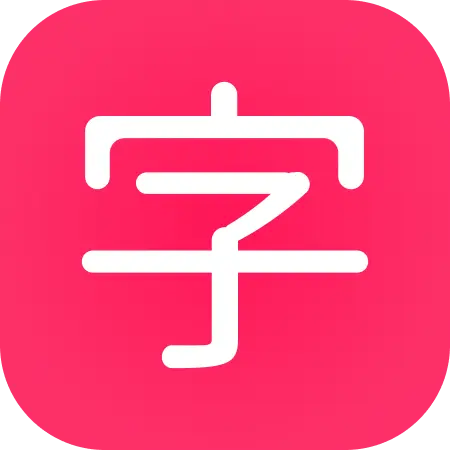Traditional course
The traditional course is one of the two courses here at HanziHero. In it you will learn thousands of traditional Chinese characters along with their components, sounds, and some helpful words.
Let’s go over what traditional characters are, as well as outline some important aspects of our traditional Chinese character course.
Traditional characters
Traditional Chinese characters have been around for thousands of years in their current form. They were the standard form of printed Chinese characters until the middle of the 20th century when simplified characters began to be introduced.
While there are tens of thousands of traditional Chinese characters, only a couple of thousand are in regular modern use. The average literate Taiwanese will be familiar with around four to five thousand Chinese characters.
Our traditional course teaches over 3,000 of the most common traditional characters. When you complete the course, you will be able to recognize nearly every character you see on a given Chinese newspaper page!
Taiwanese pronunciation
The only region that has Mandarin Chinese as the primary language of communication and uses traditional characters is Taiwan. As such, we have based all of the pronunciation within our traditional course off of the pronunciation used in Taiwan.
The pronunciation differences between the two are not large, and the two varieties of Chinese are completely mutually intelligible. The relation between the two varieties is similar to the difference between American and British English.
In practice, this means the pronunciation of some individual characters will be slightly different. Usually, this is just a slight tone change. For example, “convex” is pronounced 凸 tú in Taiwanese Mandarin and is pronounced 凸 tū in Mainland Chinese.
Additionally, some words will have different intonation. It is more common in Mainland China for the second character in a word with two characters to be pronounced with a neutral tone. For example, “friend” is usually pronounced 朋友 péngyǒu in Taiwanese Mandarin and is pronounced 朋友 péngyou in Mainland Chinese.
HSK ordering
The HSK is the standardized Chinese proficiency test of China. Though the test is from China, it is used across the world as the standard test of Chinese proficiency. You can think of it as the TOEFL of the Chinese language.
The HSK lays out an order of Chinese characters from the most basic and essential to the more difficult and rare. There are around 9 HSK levels as of 2021, and your HSK level is partly determined by the characters you know. In order to pass the 7th level of the HSK, for example, you will need to learn all characters in HSK levels 1-7.
Our course character order is derived from this order set forth by the HSK. While the HSK does not offer any test that uses traditional characters, there are a couple of reasons this is beneficial for you.
First, many educational resources and apps for Chinese all use the HSK to communicate to the user how difficult certain sections of material will be. Even apps that use traditional Chinese will do this. Since we teach in HSK order, you will be able to easily use these applications as you wish at the appropriate difficulty level.
Secondly, the HSK and the TOCFL, which is the proficiency test from Taiwan which uses traditional characters, have so much overlap that learning the characters and words in one or the other makes little functional difference. However, the TOCFL is practically unheard of outside of Taiwan, which is why we have not opted to use it for our curriculum ordering.
Thirdly, once you learn all HSK characters in their traditional form, learning their simplified form is extremely easy. While learning all characters in either script will take a year or two, going from traditional to simplified will take about a month in our experience.
